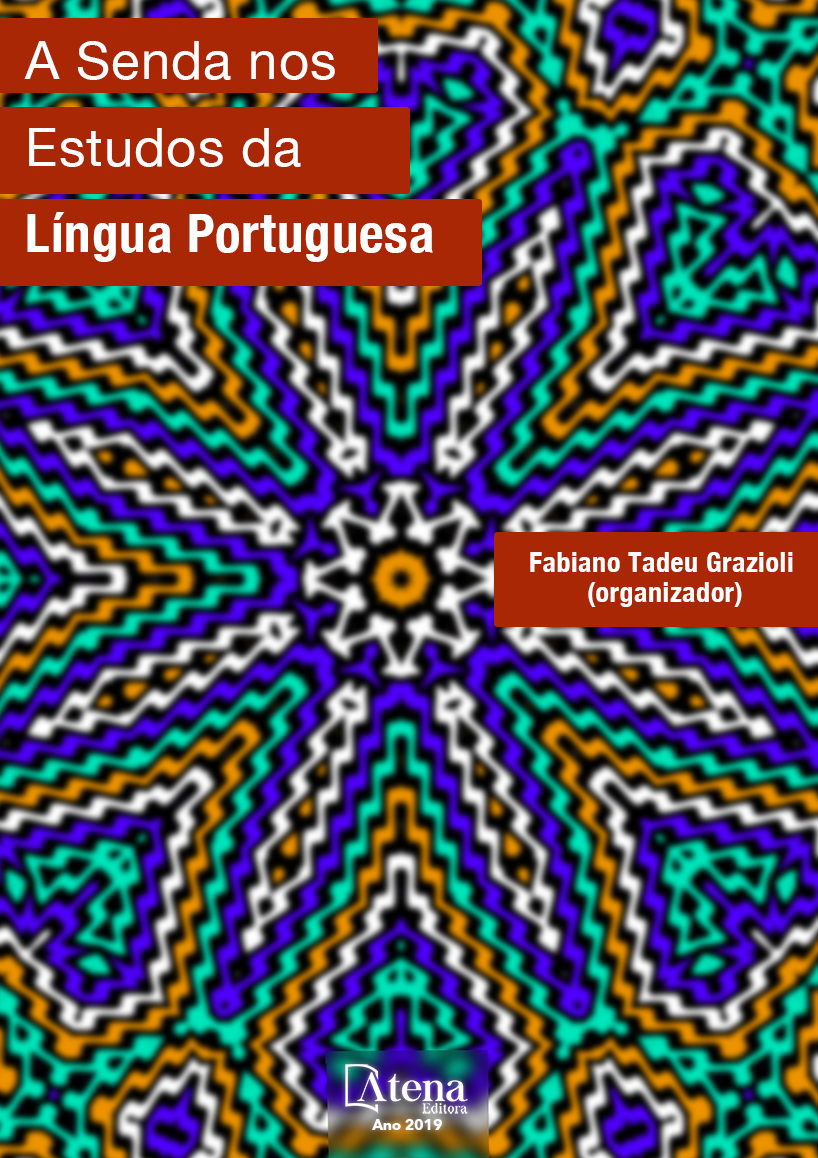
UMA ABORDAGEM SINCRÔNICA E DIACRÔNICA DAS UNIDADES FRASEOLÓGICAS PORTUGUESAS ASSOCIADAS AO CORPO HUMANO
No presente trabalho
investigamos as unidades fraseológicas
portuguesas corpo humano. Para realizar
a investigação elaboramos um corpus com
unidades coletadas de dicionários e obras
complementares para cada sincronia. Do
ponto de vista sincrônico, verificou-se que
algumas unidades fraseológicas admitem
em sua constituição, a presença do artigo, a
inserção de determinados tipos de advérbios,
bem como a variação de alguns tempos
verbais, sem alteração do sentido idiomático.
Do ponto de vista diacrônico, constatou-se
que 50% das unidades pesquisadas ocorrem
na língua a partir do século XIX. É também,
representativo o percentual de unidades
fraseológicas presentes, na língua, desde o
século XVI, a saber, 23%. Em geral, a maior
parte das expressões desse grupo é recorrente
em todas as sincronias. Do total de unidades
agrupadas, 11% ocorreram no português
desde o século XVII. Portanto, considerandose
as fases mais remotas podemos inferir,
pelos dados, que aproximadamente 34% das
unidades fraseológicas associadas ao corpo
humano remontam aos séculos XVI e XVII. Já
13% das estruturas referem-se aos séculos
XX e XXI. Por fim, 2% do total de expressões
listadas podem ser consideradas arcaísmos, já
que foram registradas, nos corpora, somente
até o século XVIII.
UMA ABORDAGEM SINCRÔNICA E DIACRÔNICA DAS UNIDADES FRASEOLÓGICAS PORTUGUESAS ASSOCIADAS AO CORPO HUMANO
-
DOI: 10.22533/at.ed.92419240710
-
Palavras-chave: Fraseologia, Português, Corpo Humano, Sincronia, Diacronia.
-
Keywords: Phraseologisms, Portuguese, Human body, synchrony, diachrony.
-
Abstract:
In the present study we
investigated the Portuguese phraseologisms
associated with the human body. To carry out the
investigation, we elaborated a corpus with units
collected from dictionaries and complementary
works for each synchrony. From the synchronic
point of view, it was found that the some units
admit in their constitution the presence of the
article, the insertion of certain types of adverbs,
as well as the variation of the some verbal
times, without alteration of the idiomatic sense.
From the diachronic point of view, it was found
that 50% of the researched units occur in the
language from the nineteenth century. It is also
representative of the percentage of the units present in the language since the 16th
century, namely, 23%. In general, most the expressions in this group are recurring
in all periods. Of the total units grouped, 11% occurred in Portuguese since the 17th
century. Therefore, considering the most remote phases, we infer from the data that
approximately 34% of the phraseologisms associated with the human body date back
of the 16th and 17th centuries. Already 13% of the structures refer to the twentieth and
21 centuries. Finally, 2% of the total listed expressions can be considered archaic,
since they were registered, in the corpora, only the eighteenth century.
-
Número de páginas: 15
- karlla Andrea Leal Cruz
- Maria Auxiliadora da Fonseca Leal


